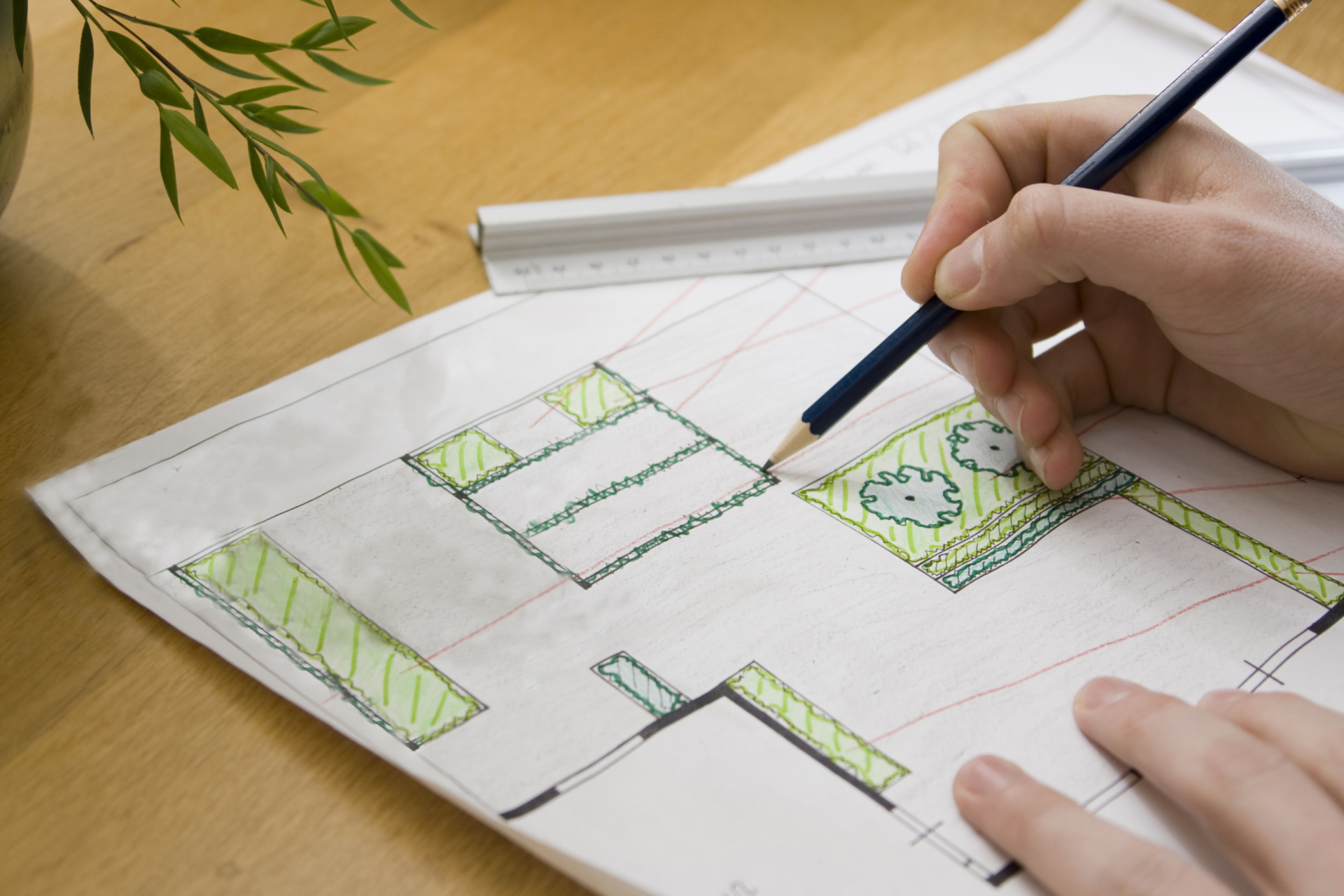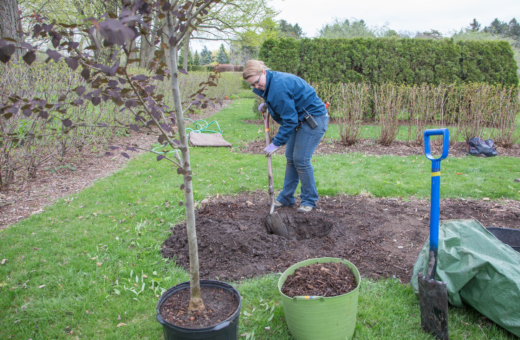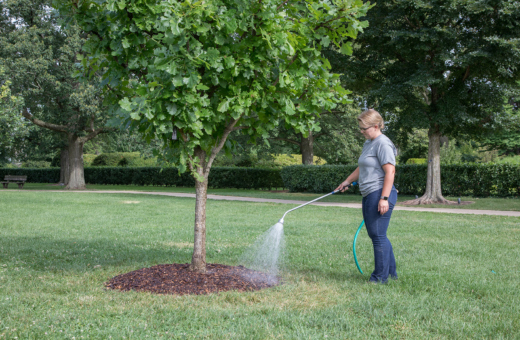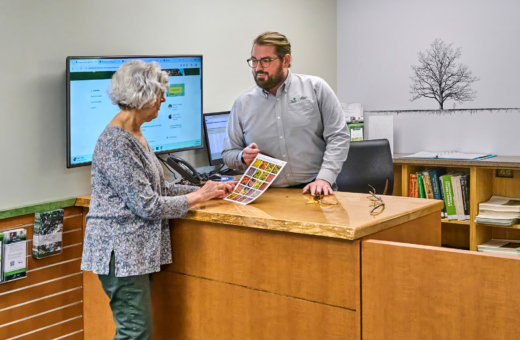June 1, 2022
It’s not too late for garden planning.
Even as we round the bend from spring to summer, it is not too late to plan and plant a garden. This is a hope-filled season for gardeners and a perfect time to consider what you want from your yard and decide what you will do in the coming year.
Here are some planning steps suggested by the Plant Clinic.
Find the sun. The amount and length of sunlight that reaches your yard determines what plants you can grow. Watch to see what parts of your yard are exposed to sun in the morning or afternoon and which areas are in the sunlight longest. Put a vegetable garden or other full-sun plants in areas that will get six to eight hours of direct, unobstructed sunlight every day in spring and summer.
Make a map. Use the plat of survey for your house to make a base map. Or, take measurements and draw a simple plan on graph paper, showing the dimensions of the yard, and the size and location of the house, garage, driveway, walks, fences, patio, large trees, and other permanent objects. Note the location of underground utilities, such as a gas line. Make copies of the base plan to play with ideas.
Look inside out. From inside the house, look out the windows and doors. Which views do you want to keep? Which ones might you want to screen?
Get the street view. Stand in the street and look at your house as it appears from passing cars. How could your front landscape be improved? Are the plantings in scale with the house? Could you use a tree to balance the mass of the house or give it shade? Is there an air conditioner or utility box you could hide with shrubs?
Check the soil. The composition, texture, and nutrient content of your soil will affect what you can plant where. Take a few samples for a soil test. Search the Arboretum website for more tree and plant care advice.
Plan for trees and shrubs. Make long-lived woody plants the backbone of your garden and build the rest of the design around them. Figure out what kind of tree or shrub you need — size, shape, and the available sun and soil conditions — and then choose among the species that fit those requirements. Get help from the Arboretum’s Selecting and Planting Trees Guide.
Allow for the mature size. Choosing a tree that will grow taller or wider than you anticipate can lead to big problems down the road. An ill-chosen evergreen tree may get wide enough to fill the yard or block the walk or driveway. If a tree is planted where it will interfere with a power line when it gets tall, the utility company will be forced to prune it drastically. Measure the available space, horizontal and vertical, and make sure you buy a kind of tree that will still fit when it is fully grown.



